Best Nikon D3 SD Memory Cards
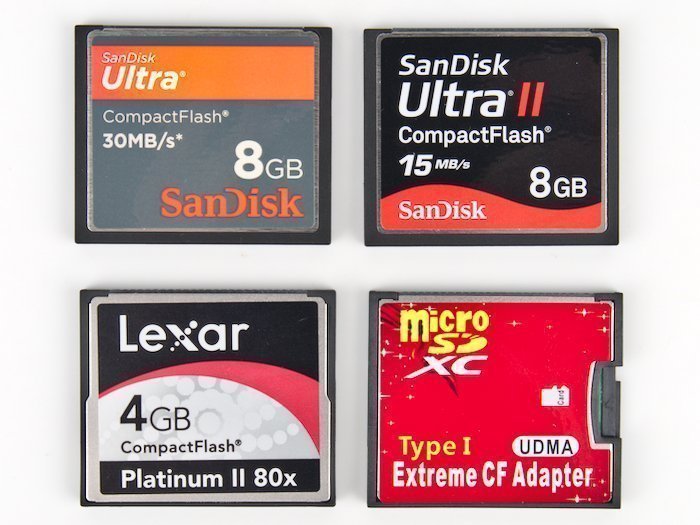
The Nikon D3 uses Compact Flash memory cards. 64GB is the max card storage capacity that is compatible with the camera.
A card bigger than 64GB will not be recognized or cause the D3 to display an error.
Recommended CF Cards
Affiliate Advertising Disclosure
Outside the Shot is a participant in the Amazon Services LLC Associates Program, an affiliate advertising program designed to provide a means for sites to earn advertising fees by advertising and linking to Amazon.com.
As an eBay Partner, I may be compensated if you make a purchase. I also participate in affiliate advertising programs with KEH and Adorama. More can be found on the Affiliate Discolsure page.
SanDisk Extreme Pro CF 64GB
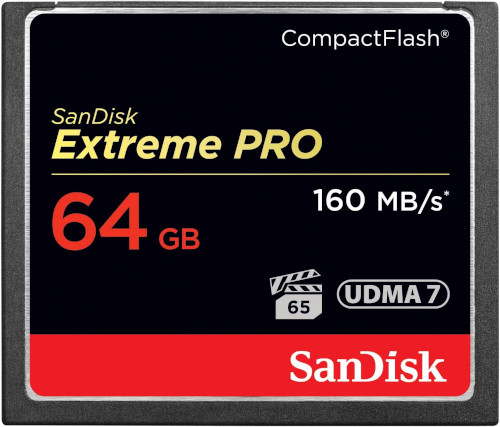
- Records and captures cinema quality 4K and Full HD video.
- Transfer speed of up to 160MB/s (1067X) read speeds.
- Industry leading shot speed performance of up to 150MB/s (1000X) write speeds.
- Designed for professional photographers and videographers
See current price and more information on:
SanDisk Extreme 64GB CompactFlash Card
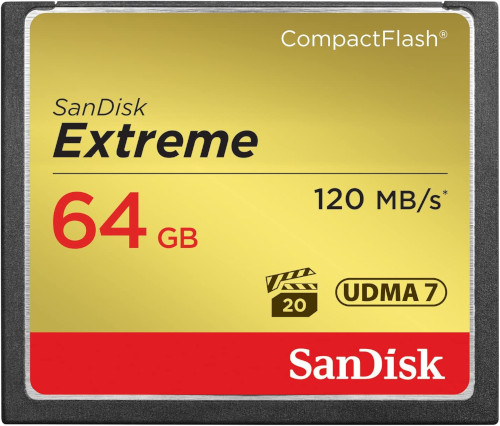
- Write speeds of up to 85 MB/s for faster shot-to-shot performance.
- Transfer speeds of up to 120 MB/s for increased efficiency.
- Video Performance (VPG-20) for Full HD video recording.
- RTV silicone coating protects card from shock and vibration.
See current price and more information on:
Lexar Professional CF Card 64GB
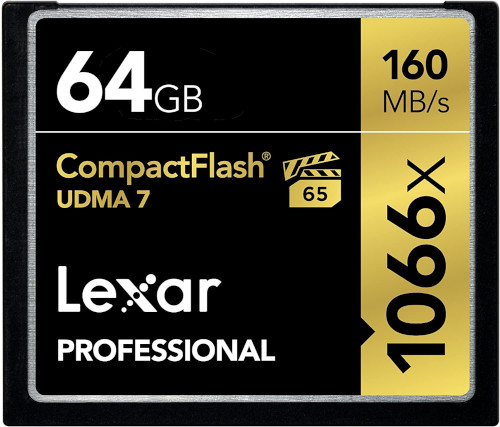
- High speed performance—leverages UDMA 7 technology to deliver a read speed up to 1066x (160MB/s).
- Supports the VPG-65 specification for professional-quality video.
- Captures high-quality images and extended lengths of stunning 1080p Full-HD, 3D, and 4K video.
- High-speed file transfer to dramatically accelerate workflow.
See current price and more information on:
Dual Card Slots
Do Both Memory Card Slots Need to be Used?
No, the camera can be used with only one CF card. When you use two cards you will have additional settings.
- Mirror the Cards. Both memory cards will have the same files written to them.
- Overflow. Once the first card is full, files will be written to the second card.
- RAW+JPEG. Raw files will be written to one card and JPEGs of the same images will be written to the second card.
Do CF Cards Need to Match?
No, the CF memory cards are not required to match. You can use memory cards that have different sizes.
Having both cards be the same helps to prevent potential compatibility issues. In particular, one slow card can bottleneck the camera’s memory buffer.
Compact Flash Card Types
CF cards come in two different sizes. The CF cards are referred to as Type I or Type II.
The only difference between the types of cards is the thickness. The length and width of the cards are identical.
- Type I - 3.3mm thick
- Type II - 5mm thick
The Type II spec was thicker to allow Microdrives to be used in the Nikon D3. A Microdrive was a small mechanical harddrive, the size of a CF card.
When CF cards were initially launched they had high prices and very limited capacities. Microdrives made it possible to get large storage sizes.
Microdrives are no longer made. Due to being mechanical, they often failed. So they are almost impossible to find used.
Another use of the Type II slot is for Compact Flash adapters. The adapters allow you to use SD or Micro SD cards in a CF slot.
Card Reader
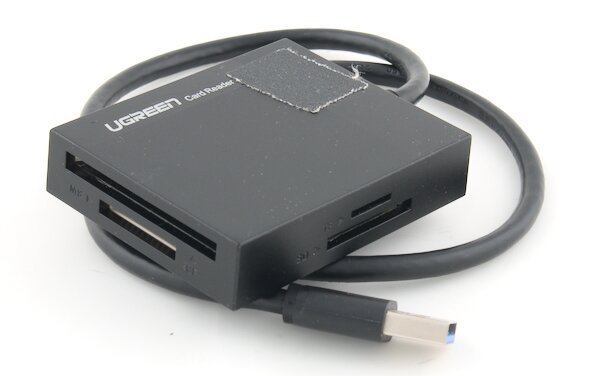
The UGREEN 4-in-1 card reader is what I use with my CF cards.
The UGREEN card reader is USB 3.0 compatible. Transfer speeds over USB 3.0 will be faster than the Nikon D3.
The card reader can read these memory card types:
- CompactFlash Cards
- SD, SDHC, & SDXC Cards
- Memory Stick (MS), MS Pro, MS PRO-HG, & MS XC DUO
- MicroSD, Micro SDHC, & Micro SDXC Cards
Avoiding Card Read Errors
One of the common errors with cameras that use CF memory cards are bent card slot pins. When a pin is bent, you may see a ‘unable to use card’ error.
To avoid damaged pins, don’t force a CF memory card into the Nikon D3. The extra space for a Type II card makes it possible for a CF card to be out of alignment.
If the CF card will not effortlessly slide into the slot, take it out and check the alignment of the memory card. Also, check to see if there is any damage to the card or slot.
If everything looks good, carefully position the CF card and try inserting it again.